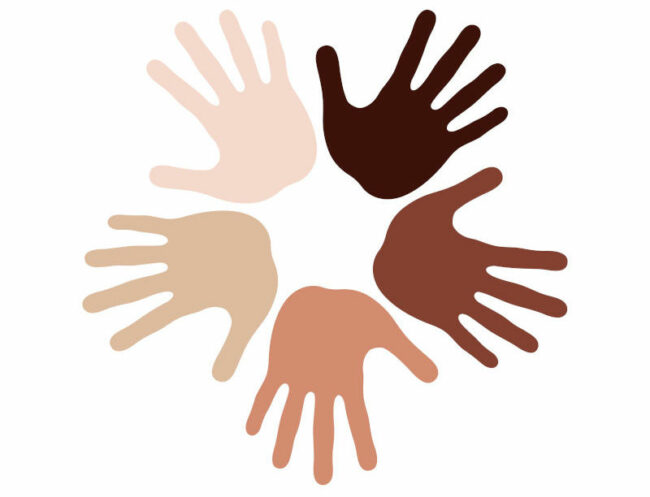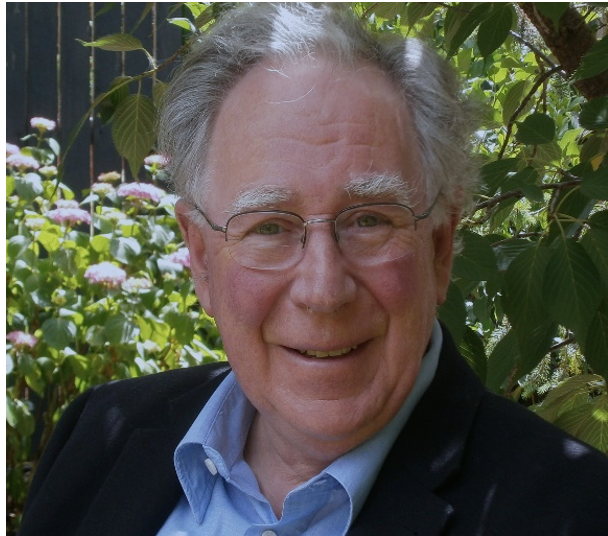The Voice and Reconciliation
June 17, 2023
The Voice is beyond politics. Its about reconciliation between two profoundly different cultures and approaches to life.
Politics is important. Democracy wouldnt exist without it. Engaging politically is how we manage a diverse and pluralist society with relative peace and respect. But there are moments in history when we have to go beyond politics.
The Voice is one of those moments. It is not about politics, but about confronting a reality that has infected our history since British settlement, the disastrously conflicted interaction in Australia of two cultures that could not be more profoundly different.
When the ragtag first fleet of convicts and military arrived in February 1788, they were the forerunners of a British culture attached to the most scientifically and technologically advanced empire in history. They were guided by the Enlightenment ideals of reason, progress, liberty and the possibility of human perfection, all underpinned by a driving but, at the time, unacknowledged capitalism.
But what was largely lacking in the Enlightenment vision was a sense of spirituality and transcendent presence. God had been reduced to the absentee landlord. The cult of reason had relegated religious experience to deism and it had emptied the natural world of any deeper meaning beyond the empirical and useable.
The people the British encountered in Australia were completely different cosmologically and in their modes of thought. The First Australians were profoundly conscious of their spiritual relationship to landscape, place and nature in a way that we would now describe as holistic. They didnt suffer from dichotomised thinking, like those of us who have inherited the problematic dualisms of Plato and Greek philosophy.
The First Australians perceived that beyond the empirical and tangible was an overarching spiritual reality that had various names among the approximately 250 separate Aboriginal languages before 1788. This reality is now described as the Dreaming.
In his 1953 essay The Dreaming, anthropologist Bill Stanner says the word suffers badly by translation into our dry and abstract language and he quotes one intelligent old Aboriginal man telling him:
White man got no dreaming,
Him go nother way
White man, him go different.
Him got road belong himself.
The Dreaming transcends time. It makes the remote and sacred past when everything in nature and humanity came to be, immediately present to the now. In this context Western history is meaningless. Stanner calls the Dreaming Everywhen.
He also describes how integrated First Australian thinking is. The truth of it seems to be that man, society and nature, and past, present and future, are at one together within a unitary system of such a kind that its ontology [or meaning structure] cannot illuminate minds [like ours which are] too much under the influence of humanism, rationalism and science.
Given this profound difference it was no wonder that the intelligent English priest, William Ullathorne, commented in 1834 that We could never get from them [the Aborigines] an idea of God, while he admitted that we [Europeans] were the veritable intruders on their ancient demesne Whenever the white man came, the tribe was ruined by the communication of his vices and by drink. Ullathorne knew that they were not atheists, but because so many were herded onto missions, Aboriginal religion became intermixed and confused with Christian notions.
This is why the German anthropologist-priest, Ernest Worms, strongly resisted creating parallels between the two religions. But that doesnt mean First Nations religion doesnt have much to offer Christianity. For example, Miriam-Rose Ungunmerr-Baumann, 2021 Senior Australian of the year, has developed a concept and spiritual practice from a word in the Ngangikurunggurr and Ngengiwumirri languages of the Daly River. The word is dadirri which means deep listening, or in Christian terms contemplation.
In the context of colonisation and overwhelming European military strength, the result of this clash of cultures was disastrous for First Nations people. The pre-1788 population of 700,000 to 800,000 had declined to 100,00 by 1900. This decimation was caused by diseases like smallpox, VD, tuberculosis, bronchitis and chickenpox with many more dying through the frontier wars, violence, poisoning and removal from traditional land. In the 2021 Census numbers had recovered to 812,000 people of Aboriginal and Torres Strait Island heritage.
Twentieth century polices were just as disastrous, focused as they were on assimilation with the eventual aim that First Nations people would die out. Aborigines Protection Boards were essentially control mechanisms to enforce the assimilation policy. The cruelty of these policies is vividly shown in the 2002 film Rabbit-Proof Fence set in 1931 Western Australia, recently shown on SBS.
What the Voice challenges us to do is finally to engage in truth telling and transcend the profound differences between the cultures. That is why the issue is beyond politics. First Nations peoples in the Uluru Statement from the Heart requested that the Voice be enshrined in the Australian Constitution.
But the process symbolises something much deeper an acknowledged reconciliation between two groups of peoples who have reached across a divide to share a unique place together Australia.

